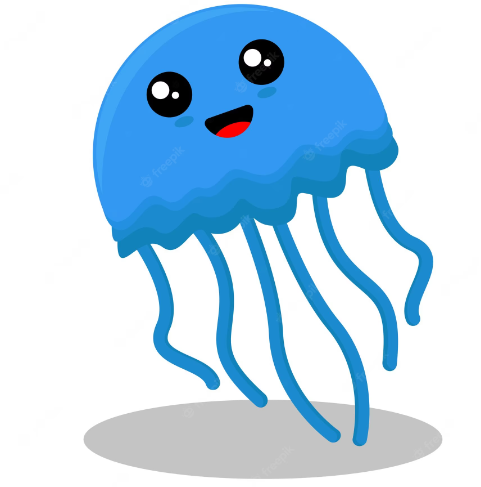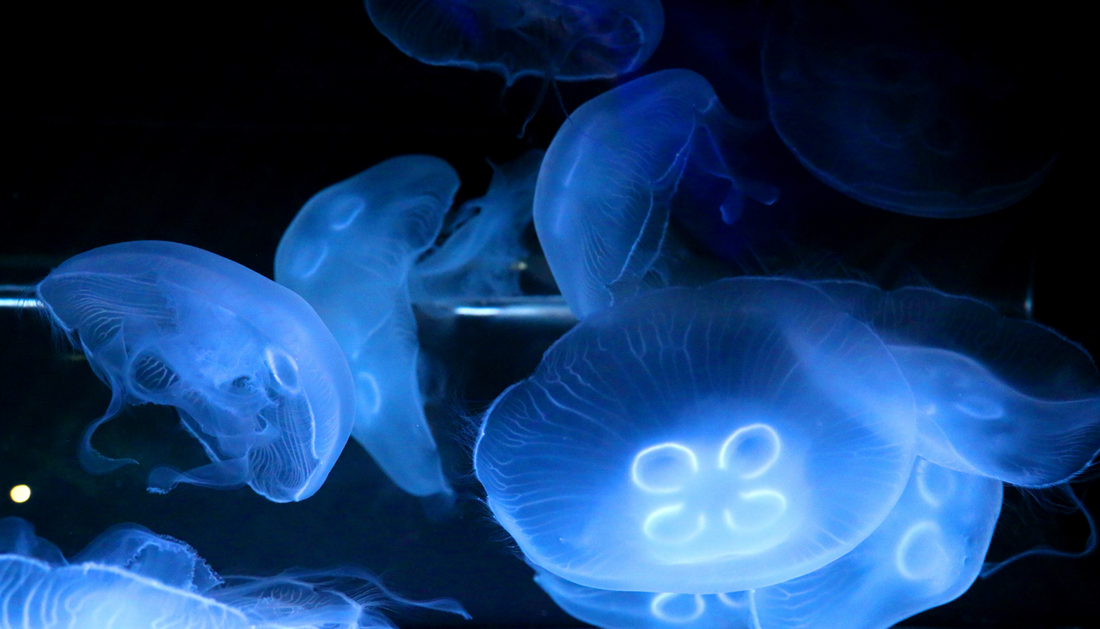Moon jellyfish, also known as Aurelia aurita, are mesmerizing creatures that have captivated the hearts of many aquarium enthusiasts. Their translucent bodies and graceful movements make them a captivating addition to any home or public aquarium. However, creating the ideal environment for moon jellyfish requires careful consideration and attention to detail. In this blog post, we will explore the key factors to consider when setting up an aquarium for moon jellyfish.
1. Tank Size and Shape
The size and shape of the tank are crucial for the well-being of moon jellyfish. Ideally, a cylindrical or circle tank is recommended as it mimics the natural ocean currents that moon jellyfish are accustomed to. The tank should have a minimum height of 8 inches to allow the jellyfish ample space to swim and pulse their bell-shaped bodies.
2. Water Quality
Water quality is of utmost importance when it comes to keeping moon jellyfish. The water should be free from any contaminants, such as chlorine or heavy metals, which can be harmful to the delicate jellyfish. It is essential to use distiled or osmotic water to maintain optimal water conditions. Regular water testing and maintenance are necessary to ensure the water parameters are within the acceptable range for moon jellyfish.
3. Temperature and Lighting
Maintaining the correct temperature and lighting conditions is crucial for the health and well-being of moon jellyfish. The water temperature should be kept around 70°F, as this range closely resembles their natural habitat. Additionally, moon jellyfish do not require a specific lighting setup.
4. Flow and Circulation
Moon jellyfish are delicate creatures that rely on water currents to move and feed. It is essential to create a gentle and consistent water flow within the aquarium. A circulation pump or powerhead can be used to achieve this. The flow rate should be adjusted to ensure the jellyfish can swim freely without being pushed around too forcefully.
5. Feeding and Nutrition
Moon jellyfish primarily feed on small planktonic organisms. In captivity, they like to it mostly brine shrimp or dry food. It is crucial to provide a steady supply of nutritious food for the jellyfish to thrive. Feeding should be done using a pipette or a specialized jellyfish feeding tool to prevent any uneaten food from accumulating in the tank, which can lead to water quality issues.
6. Tank Mates
When it comes to tank mates, it is best to keep moon jellyfish in a species-specific aquarium. They are not aggressive and do not have the ability to sting humans, but they can be harmed by other tank inhabitants. It is important to avoid keeping moon jellyfish with fish or other invertebrates that may prey on or injure them.
7. Maintenance and Care
Regular maintenance is essential to keep the moon jellyfish aquarium in optimal condition. This includes regular water changes, cleaning the tank walls, and monitoring the water parameters. It is also important to keep a close eye on the jellyfish themselves, observing their behavior and appearance for any signs of distress or illness.
Creating the ideal aquarium for moon jellyfish requires careful attention to detail and a commitment to providing the best possible environment for these captivating creatures. By following the guidelines outlined in this blog post, you can create a thriving and beautiful home for your moon jellyfish. If you order one of our starter kits, you will have perfect tank for start of your jellyfish journey.

